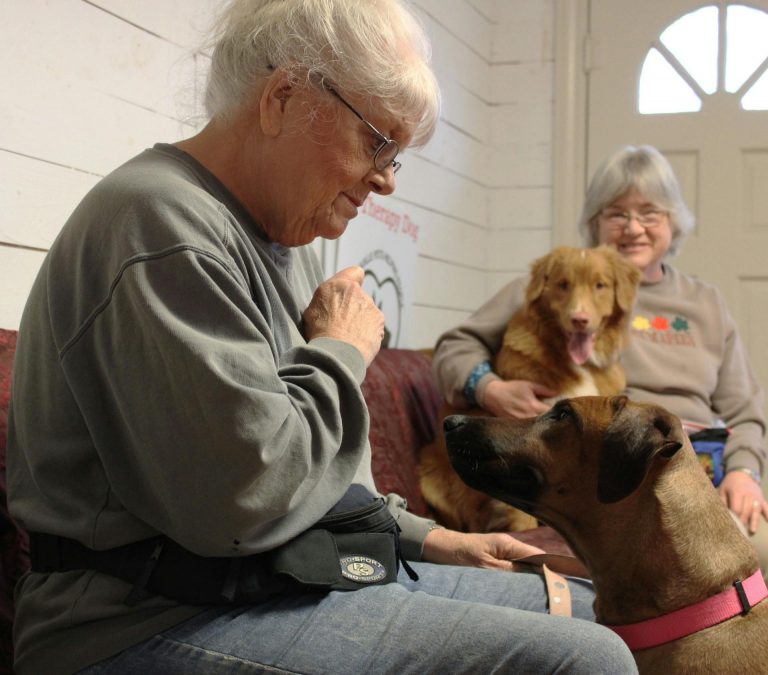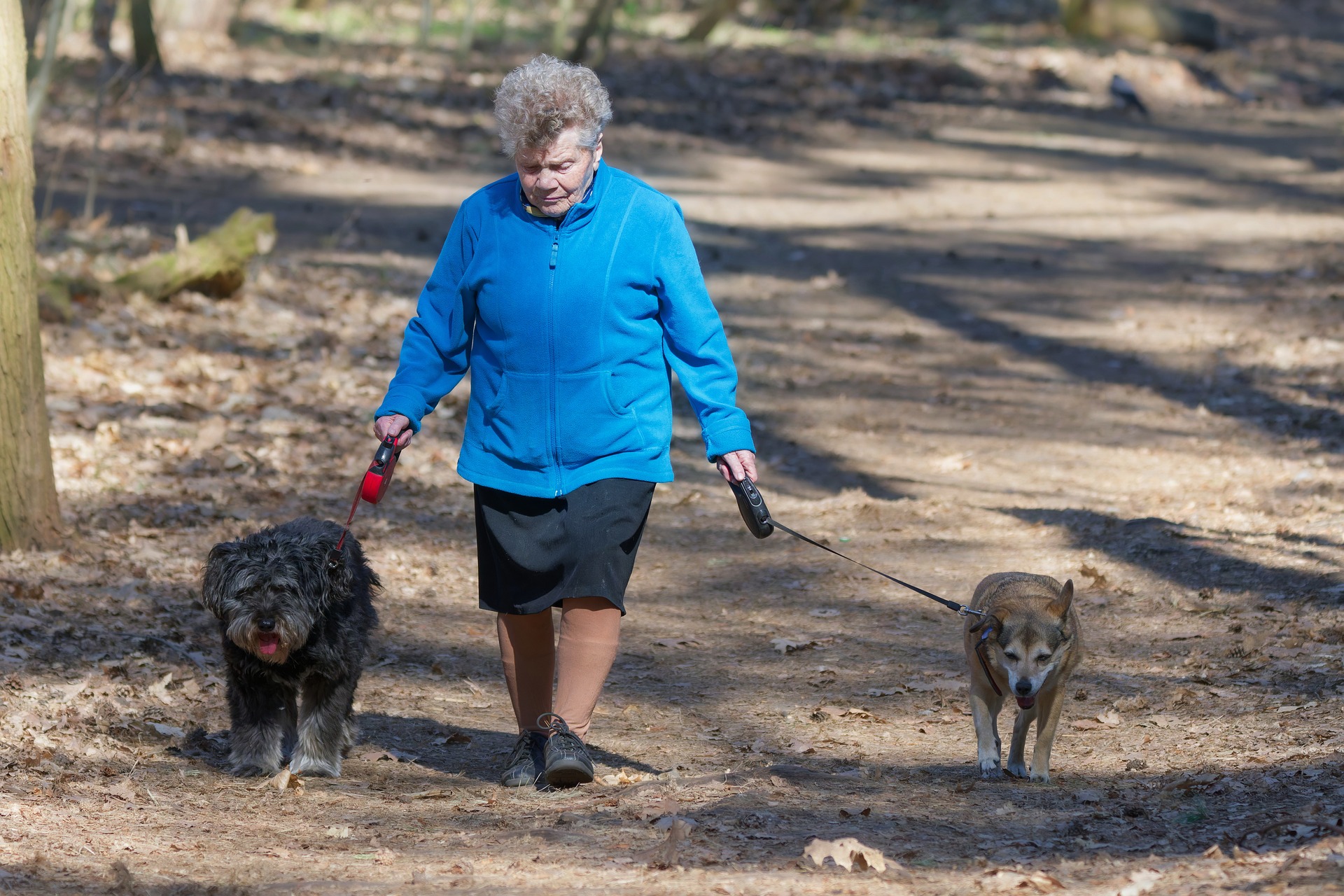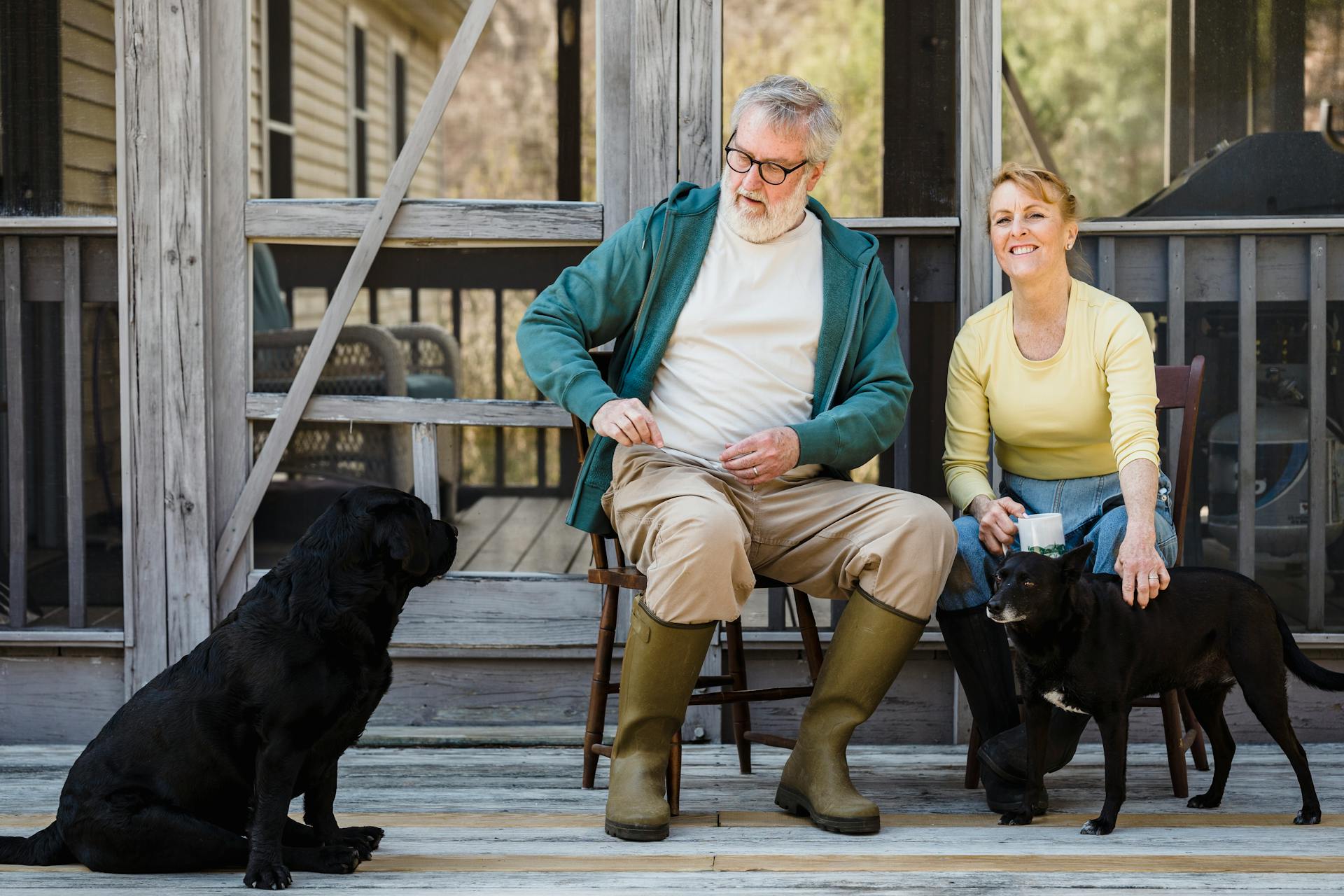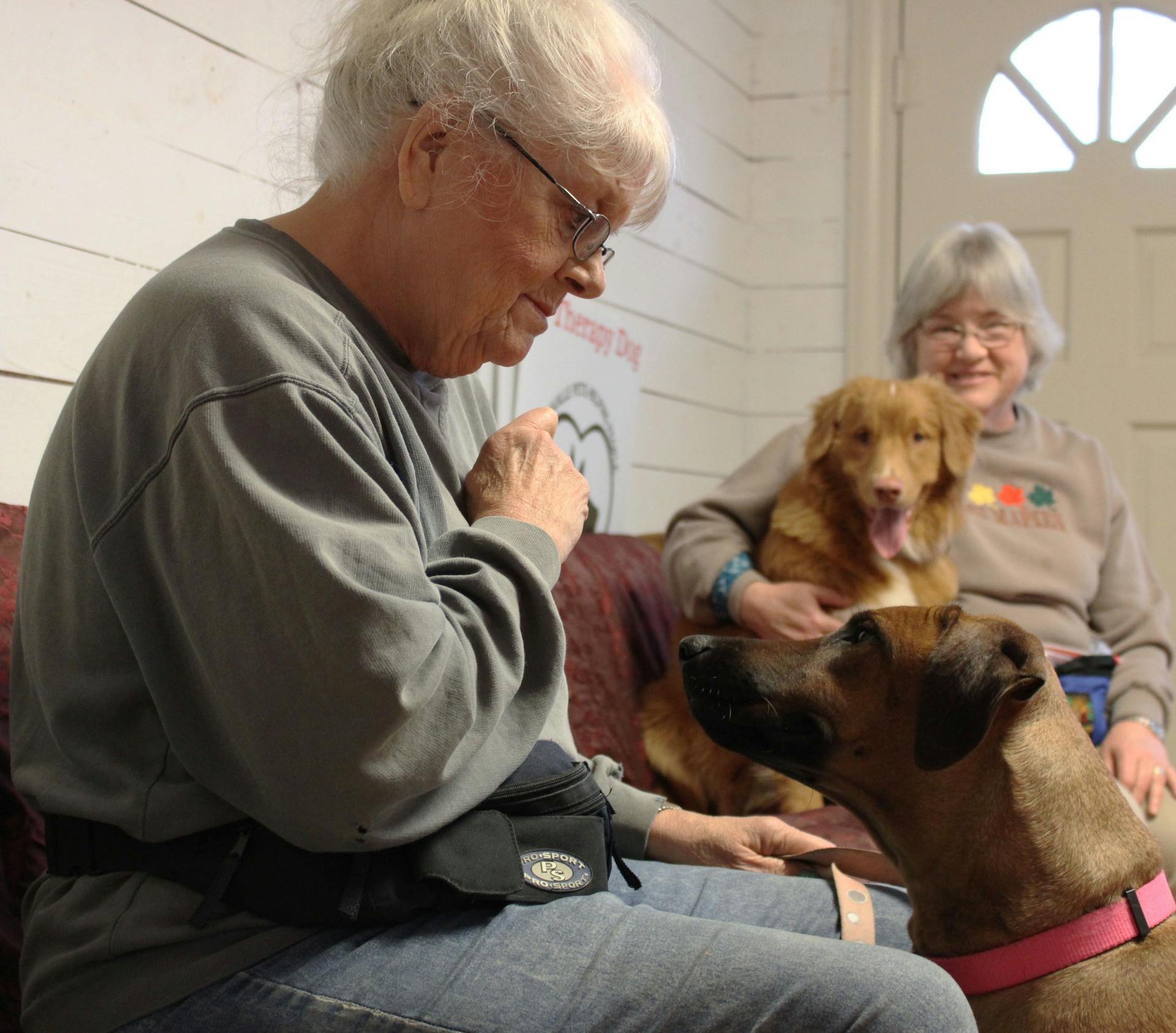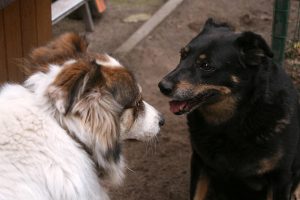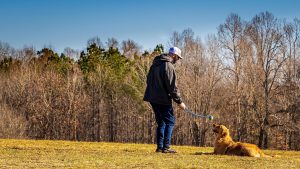My Jack Russell terrier refuses to let me skip our afternoon walk. At 3 PM, he plants himself by the door and stares until I grab his leash. Eight years old now, he still has enough energy to pull me down the block where my elderly neighbor waits with her cocker spaniel. She is now in her golden years. In a recent conversation, she mentioned the before getting her dog, she spent most days watching television alone. Now she walks three times daily and has coffee with two other dog owners every Saturday morning.
I am 40 years old and have lived with dogs since childhood. They have pulled me out of bed on dark mornings, forced me to walk when I wanted to stay inside, and given me reasons to talk to strangers who became friends. My current Jack Russell demands consistency, rewards patience, and reminds me daily that another living thing depends on me.
These lessons apply at any age, and watching my senior neighbors showed me they matter more in later years. The bond between a senior and a dog creates structure when work schedules disappear, health benefits when mobility starts to decline, and connection when social circles shrink. Dogs offer the same gifts to seniors that they have given me, only the stakes are higher and the rewards more urgent.
Combating loneliness and social isolation
Social isolation affects one in four adults over 65 in the United States. Loneliness increases mortality risk by 26% according to a 2015 meta-analysis published in Perspectives on Psychological Science. Pet ownership reduces that burden. A study of 830 primary care patients found that pet owners were 36% less likely to report loneliness compared to those without pets.
Dogs provide constant presence. They listen without judgment, offer physical touch, and create routines that break up long stretches of solitude. Walking a dog opens the door to conversations with neighbors. Dog parks become meeting grounds where friendships form naturally. A 2019 survey by the Human-Animal Bond Research Institute showed that 80% of pet owners reported their pets made them feel less lonely, and nearly 9 in 10 people who adopted a pet to reduce loneliness said it worked.
Physical health benefits
My dogs have dragged me out of the house on mornings when I wanted to sleep in. For seniors, that daily routine translates into measurable health gains. Dog owners walk an average of 22 minutes more per day than non-owners, according to research published in Scientific Reports. That modest increase adds up. Regular walking improves cardiovascular function, maintains joint flexibility, and helps prevent falls by strengthening balance.
Studies reviewed by the American Heart Association show that dog ownership correlates with lower blood pressure, improved cholesterol levels, and reduced risk of cardiovascular disease. A 2017 Swedish study of 3.4 million people found that dog owners had a lower risk of death from cardiovascular disease and other causes. The physical act of petting a dog releases oxytocin and lowers cortisol, creating a calming effect that reduces blood pressure and heart rate.
Mental and emotional well-being
Depression affects 7 million adults over 65 in the United States. Dogs offer a buffer. They create predictable routines that give each day shape. Feeding, grooming, and playing with a dog provides a sense of purpose that retirement or the loss of a spouse can strip away.
When I come home to Max, his excitement reminds me that I matter. Seniors report the same feeling. A dog does not care about age, income, or health status. It offers affection freely. Research in elderly populations shows that dogs reduce feelings of loneliness more effectively than cats. The tactile experience of petting a dog triggers dopamine and serotonin release, which boosts mood and reduces anxiety.
Dogs also provide mental stimulation. Training a dog, teaching new tricks, or learning to read canine body language keeps the mind active. A 2023 study from the Baltimore Longitudinal Study of Aging examined pet ownership and cognitive function in older adults. The researchers noted that human-animal interaction increases social engagement and decreases loneliness, both of which help maintain cognitive function as people age.
Structure and routine in daily life
Dogs thrive on routine, and they impose that structure on their owners. Breakfast happens at a set time. Walks occur twice a day. Bedtime arrives on schedule. For seniors who no longer have the framework of a work schedule or family obligations, this structure prevents days from blurring together.
I have watched my Jack Russell train me as much as I trained him. He reminds me when it is time to move, when it is time to rest, and when it is time to engage with the world outside my front door. Seniors who adopt dogs report feeling needed again. Caring for another living being creates a sense of responsibility that gives meaning to each day.
Safety and security
Dogs alert their owners to unusual sounds, unexpected visitors, and potential dangers. A barking dog deters intruders. For seniors living alone, that presence provides peace of mind. My Jack Russell barks when someone approaches the door, giving me time to assess the situation. That same warning system helps seniors feel safer in their homes.
Some dogs can be trained to recognize medical emergencies. Service dogs alert their owners to changes in blood sugar, impending seizures, or other health events. Even untrained dogs often sense when their owners feel unwell and stay close. Family members gain peace of mind knowing their aging relatives have a companion who watches over them.
Choosing the right dog for seniors
Not every dog suits every senior. Energy levels, size, grooming needs, and temperament all matter. Here are five breeds that work well for older adults, along with their specific benefits and challenges:
Cavalier King Charles Spaniel
Benefits: This breed weighs 13 to 18 pounds and thrives on companionship. Cavaliers have gentle temperaments, require moderate exercise, and adapt well to apartment living. They bond closely with their owners and enjoy being lap dogs.
Downsides: Cavaliers are prone to heart disease, particularly mitral valve disease, which affects up to 50% of the breed by age 5. They also require regular grooming to prevent matting and can develop separation anxiety if left alone too long.
Poodle (Miniature or Toy)
Benefits: Poodles shed minimally, making them ideal for seniors with allergies. They are highly intelligent, easy to train, and come in sizes ranging from 4 to 15 pounds (toy) or 10 to 15 pounds (miniature). Their playful nature keeps owners engaged without demanding excessive exercise.
Downsides: Poodles require professional grooming every 6 to 8 weeks, which adds ongoing costs. They can be vocal and may bark frequently if not trained properly. Their intelligence means they need mental stimulation to prevent boredom.
Shih Tzu
Benefits: Shih Tzus weigh 9 to 16 pounds and were bred to be companion dogs. They have calm dispositions, adapt well to indoor living, and form strong bonds with their owners. A short daily walk satisfies their exercise needs.
Downsides: Their long coats require daily brushing or regular trips to the groomer. Shih Tzus are prone to breathing problems due to their flat faces, and they can develop eye issues that require veterinary attention.
Pembroke Welsh Corgi
Benefits: Corgis are affectionate, loyal, and intelligent. They weigh 24 to 30 pounds and have moderate energy levels. For seniors who remain active and enjoy longer walks, corgis provide companionship without being overly demanding. They are alert watchdogs and adapt well to various living situations.
Downsides: Corgis shed heavily year-round, requiring frequent brushing. Their long backs make them prone to spinal issues, particularly intervertebral disc disease. They need consistent training to manage their herding instincts and tendency to nip at heels.
Golden Retriever
Benefits: Golden retrievers are gentle, patient, and eager to please. They weigh 55 to 75 pounds and work well for seniors who have space and can handle a larger dog. Their friendly nature makes them excellent therapy dogs, and they adapt their energy to match their owners. Goldens are easy to train and love being part of family activities.
Downsides: Their size can be challenging for seniors with mobility issues. Goldens shed heavily and require regular grooming. They need more exercise than smaller breeds, typically an hour of activity daily. Health issues include hip dysplasia, cancer, and heart disease.
Overcoming common concerns
Cost worries many seniors. Dogs require food, veterinary care, grooming, and supplies. Annual expenses range from $500 to $2,000 depending on the dog’s size and health. Many communities offer low-cost veterinary clinics, and some nonprofit organizations provide financial assistance for senior pet owners. Planning ahead for these costs prevents surprises.
Physical limitations matter. Seniors with arthritis or mobility issues should consider smaller breeds that require less strength to handle. Adopting an older dog rather than a puppy eliminates the challenge of house training and high-energy play. Senior dogs often match the pace of senior owners perfectly.
The question of what happens if health declines deserves attention. Setting up a pet trust ensures that the dog will be cared for if the owner becomes unable to do so. Discussing backup plans with family members or identifying a friend who can step in provides peace of mind. Some retirement communities and assisted living facilities now welcome pets, allowing seniors to keep their dogs even if they need to move.
Take the first step
Visit a local animal shelter and ask about senior dogs. Many shelters offer adoption discounts for older adults adopting older dogs. Spend time with different breeds to see which temperament fits your lifestyle. Talk to your doctor about whether dog ownership aligns with your physical abilities. Contact local veterinarians to understand costs in your area.
A dog will not solve every problem, but it can transform daily life. The walks, the routines, the companionship, and the sense of being needed add up to something bigger than the sum of their parts. If you are a senior considering a dog, take that first step. The rewards last as long as the bond you build together.

